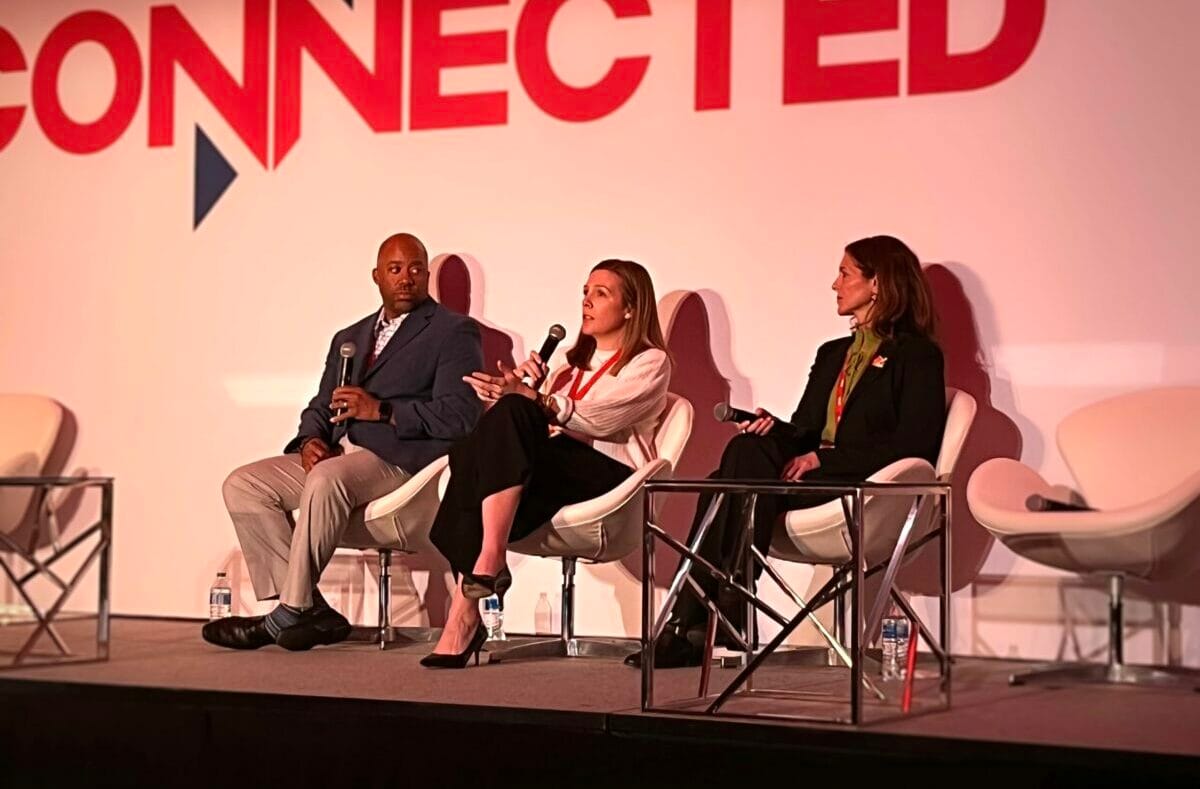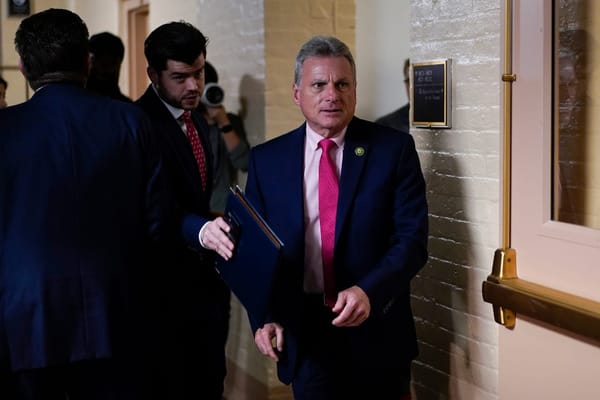Fiber Deployment Should Consider Equity and Sustainability: Connected America Conference
Industry leaders agreed that fiber deployment should be prioritized, with other technologies supplementing as needed.
Em McPhie

DALLAS, March 29, 2023 — As state broadband offices and internet service providers prepare for an unprecedented wave of federal funding, they face several critical decisions about how to best construct next-generation networks while maximizing adoption and sustainability.
Industry leaders at Connected America on Tuesday agreed that fiber deployment should be prioritized with other technologies supplementing as needed, although some differed over where that line should be drawn.
“The public policy goal is to push fiber as far as we possibly can,” said Scott Woods, vice president of Ready.net and former senior executive at the National Telecommunications and Information Administration.
“As a neutral host provider, we look at this from the lens of building the elements that can ultimately serve the end user,” said Victoria Lambeth, founder and CRO of ZenFi Networks. “And in many cases, that means delivering fiber all the way to the [premise], but in some cases that may be using a host of alternative solutions… it’s not one size fits all.”
Dense urban environments with plenty of fiber can still struggle to connect a significant unserved and underserved population, Lambeth added. For example, nearly one-third of New York City households lacked in-home broadband in 2021, according to city data.
While panelists discussed the many challenges associated with closing the digital divide, they also expressed optimism about the historic federal funding supporting broadband deployment and adoption.
Service providers have a responsibility to be “good shepherds of these once-in-a-lifetime but finite dollars that we’re being given,” said Esther Northrup, assistant vice president for market expansion at Cox Communications.
“It’s on us as an industry to be very thoughtful about how we’re deploying our own capital dollars in order to serve our customers, but ultimately to serve those communities,” Lambeth agreed.
Woods noted the importance of being realistic about the timeline for broadband deployment, urging stakeholders to not “think we can do it in three years, when in actuality it’s going to take 10 or 15 or 20 years.”
“Let’s be intentional about how we go about making sure our plans are defensible, making sure the costs are justified and making sure that we have a plan to ensure that no other community has to go through not having connectivity during a pandemic,” he said.
This planning process should involve careful consideration of the data, Woods added. “We really have to get into the granular level to determine where broadband is and is not so that we can effectively and efficiently be able to invest the resources.”
On a broader level, panelists discussed the need for community and private sector involvement to ensure network longevity.
“There are so many other layers of services, digital literacy services, that need to be layered on top of that in order to maximize that investment for the community,” Lambeth said. “We often talk about the physical nature of connectivity, but at many points, it’s this affordability [and] adoption issue that ends up being the greater issue.”
Private sector involvement will also play a key role in enabling continued deployment beyond the expiration of federal funding, Woods said.










Member discussion